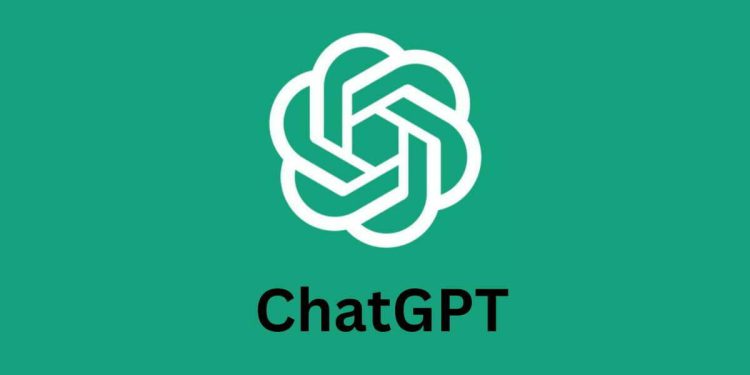ChatGPT has rapidly gained recognition as an advanced AI-powered chatbot that leverages natural language processing (NLP) to facilitate dynamic and engaging conversations with users.
Developed by OpenAI, this cutting-edge technology has found applications in various industries, revolutionizing customer service, virtual assistance, and conversational marketing. However, while ChatGPT offers impressive advantages, it is crucial to comprehend its limitations and the potential risks it may pose. In this article, we delve into all you should know about ChatGPT, shedding light on its capabilities, limitations, and speculated dangers.
Capabilities of ChatGPT:
ChatGPT’s NLP capabilities allow it to understand user input, generate contextually relevant responses, and maintain conversational flow. These abilities make it an efficient tool for automating customer interactions, providing personalized assistance, and gathering valuable insights into customer needs and preferences. Its seamless integration into existing systems makes it a versatile solution for organizations across industries.
Limitations of ChatGPT:
Accuracy and Training Data: While ChatGPT has been trained on vast amounts of data, it may still lack accuracy when faced with complex or nuanced queries. The reliance on limited training data can result in occasional inaccuracies or misinterpretations.
Engagement: Some users may find text-based interactions with ChatGPT less engaging compared to voice-based conversations. The absence of a human touch may lead to reduced satisfaction for certain individuals.
Human Supervision and Intervention: Despite its AI capabilities, ChatGPT still requires human supervision and intervention. There are instances where the system may generate inappropriate or biased responses, requiring human oversight to ensure ethical and responsible usage.
Speculated Dangers of ChatGPT:
Spread of Misinformation: As ChatGPT generates responses based on learned patterns from its training data, there is a risk of spreading misinformation or biased content if the training data contains inaccuracies or biases.
Amplification of Harmful Ideas: ChatGPT can learn from user interactions, which opens the possibility of amplifying harmful ideas or engaging in malicious behavior if exposed to toxic or abusive content during its training.
Social Engineering and Phishing Attacks: Malicious actors could exploit the AI capabilities of ChatGPT to craft sophisticated social engineering attacks or phishing attempts, tricking users into divulging sensitive information.
Dependence on AI: Overreliance on AI systems like ChatGPT may lead to decreased human critical thinking and decision-making skills. Blindly accepting AI-generated responses without verification or independent thinking can be detrimental in certain contexts.
Availability and Pricing:
ChatGPT is currently available on Apple’s App Store but not yet on the Google Play Store. However, it can be accessed through web browsers on all devices, making it widely accessible.
ChatGPT Plus, a subscription plan, is available for $20 per month. Subscribers to ChatGPT Plus enjoy benefits such as general access to ChatGPT even during peak times, faster response times, and priority access to new features and improvements.
Conclusion:
ChatGPT represents a remarkable advancement in AI technology, enabling organizations to automate processes, improve customer experiences, and gain valuable insights. However, it is vital to acknowledge the limitations and potential dangers associated with its use. Mitigating risks through human oversight, responsible training data, and regular monitoring is crucial to ensuring the ethical and beneficial deployment of ChatGPT. As we navigate the exciting possibilities of AI-powered chatbots, a balanced approach that combines the power of technology with human judgment will pave the way for a future where AI augments and enhances our lives responsibly.

















